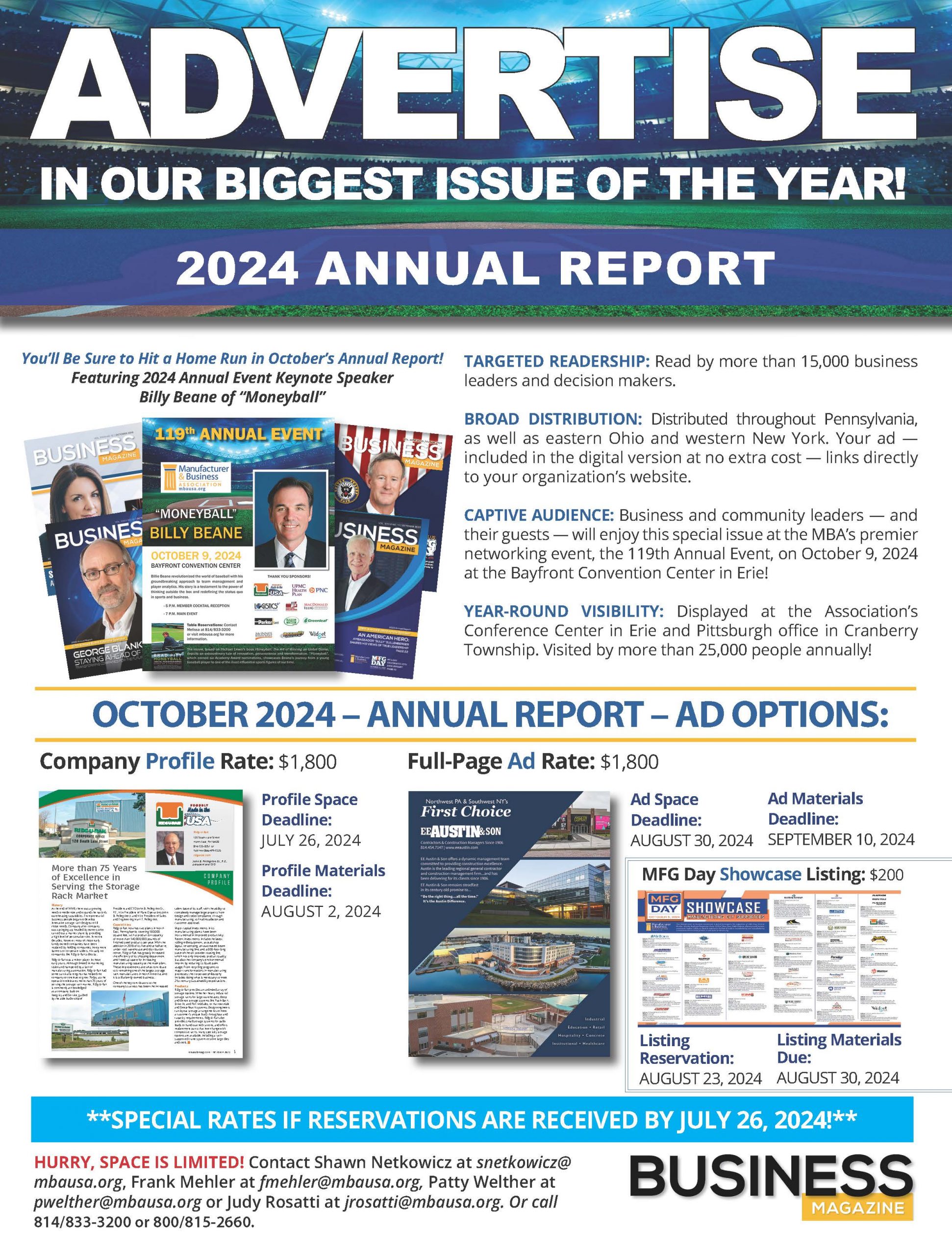
Nathan Benefield is senior vice president of the Commonwealth Foundation, Pennsylvania’s free-market think tank.
For more information, visit commonwealthfoundation.org.
Voters, nationally and within Pennsylvania, continue to rank inflation as their top concern. It’s no surprise.
Consumer prices have jumped 14.4 percent in the last two years, representing the highest inflation in 40 years. Despite this, Washington politicians continue to pursue policies that drive inflation.
The last time inflation was this high, “Don’t Stop Believin’ ” was in the Billboard Top 10. It was the best of times for rock ‘n’ roll, but the worst of times for family budgets. For most families, this is something they’ve never been through.
Inflation represents a tax on working families. Government-induced inflation means prices of goods and services go up, leaving families with less to invest.
One recent study estimates the average household has lost $7,400 in income due to higher costs of goods and services. Unfortunately, this hits working families and the poor, as well as seniors on fixed incomes, the hardest.
Truth told, wages have risen, but not as much as inflation. Average hourly wages increased 4.6 percent over the past year, but inflation-adjusted weekly earnings decreased 1.9 percent.
What has driven this?
At first, many politicians and central bankers suggested inflation would be “transitory.” Instead, inflation accelerated, persisted.
Later, leaders in Washington tried blaming Vladimir Putin for inflationary pressures. Yes, gasoline prices jumped following Russia’s invasion of Ukraine. But gas prices had increased dramatically long before that — as had nearly every other category of inflation. Inflation upticks began in November 2020.
Indeed, while gasoline prices have eased, the costs of other items — including food, electricity, transportation and shelter — continue to rise.
Likewise, inflation isn’t the result of “corporate greed,” as Senator Elizabeth Warren suggests. To believe this would be to foolishly believe that corporations across all sectors conspired to keep price increases relatively low — for 40 years — and then collectively conspired to raise prices.
The data even suggests corporations have been magnanimous by holding back on price increases. The producer price index shows that the costs companies pay for raw materials and production costs have also skyrocketed — often faster than consumer prices, indicating companies are eating those higher costs rather than passing them along to consumers.
No, it wasn’t short-term supply chain issues, war in Ukraine, or greedy corporations that drove inflation — it was bad public policy.
As Milton Friedman once said, “Inflation is always and everywhere a monetary phenomenon.” That is, when the government prints more money, the value of money decreases, and prices rise.
That’s exactly what we’ve seen. Federal debt has severely accelerated since 2020 and now exceeds $31 trillion. Congress’ numerous COVID relief measures added $5.14 trillion impact to our debt.
How did the government pay for this spending binge? By printing money. The U.S. money supply has increased by approximately 55 percent since January 2020.
Multiple studies find that the dramatic increase in federal “stimulus” payments, which gave individuals more spending cash and paid them to not work, exacerbated inflationary pressures.
Washington politicians pretend they don’t know what’s behind runaway inflation, but voters know. To paraphrase James Carville, “It’s the spending, stupid.”
What can policymakers do?
While it’s impossible to put the toothpaste back in the tube, there are measures to decrease inflationary pressures.
That starts with fiscal restraint. Lawmakers at the federal, state, and local levels need to control the runaway growth of government spending. They must resist the urge to overspend now and give out “free money” for political gain, and should work to enact guardrails on government spending, like the Taxpayer Protection Act, which controls the growth of state government spending.
Lawmakers should enact tax reform that eases burdens on working families and enables small businesses to hire workers and raise wages. They should seek permanent reform that increases economic competitiveness and reject short-term gimmicks.
Lastly, comprehensive regulatory reform would help manufacturing and producers control costs and unleash energy production to lower electricity and fuel costs. While we have the natural resources to be energy independent — and help power the world — regulatory burdens prevent getting these resources to market.
Inflation is not going away soon. Lawmakers need to first recognize inflation’s root causes— in particular, government spending — to bring about sound solutions that help working families.












